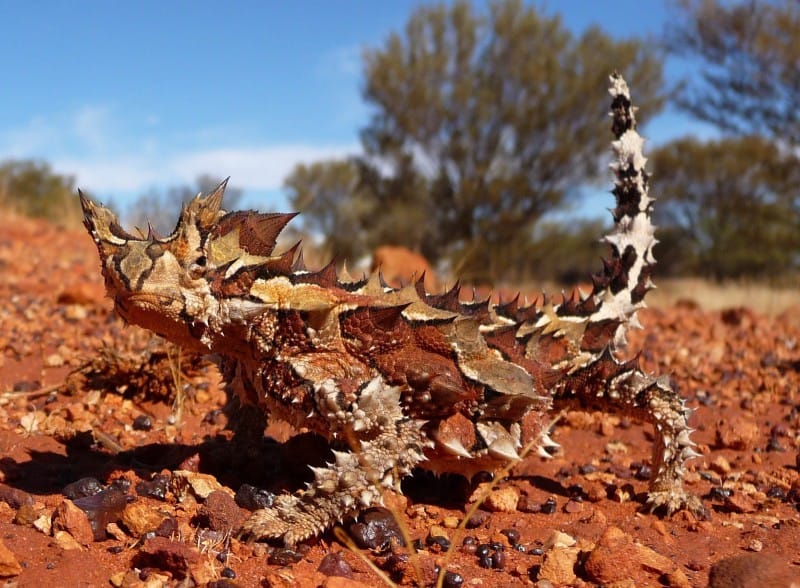
Thorny Dragon Facts
- First of all, the amazing Thorny Dragon is a species of lizard endemic to a harsh, arid habitat. Furthermore, this animal remains so unique that it represents the only species currently classified within its genus. It is also distantly related to horned lizards in North America.
- Additionally, noted biologist John Edward Gray became the first scientist to describe the animal, in 1841. The lizard also goes by several other common names, including the Thorny Devil. Each of these derives from the physical appearance of the remarkable creature.
- For reasons as yet undetermined, the Thorny Dragon also evolved a thoroughly unique method of locomotion. That’s because the reptile moves with a unique combination of slow, rocking motions. It specifically does this as it searches for mates, water, and food.
- Fortunately, unlike many related species, it appears to have a stable population base. As a result of this, the IUCN currently lists it as a Species of Least Concern. However, this status could change in the near future, given such increasing threats as climate change.
Related Articles
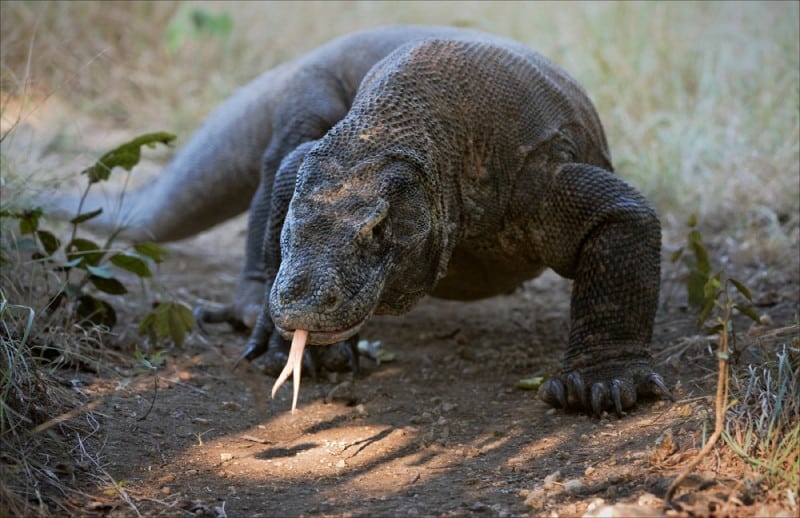
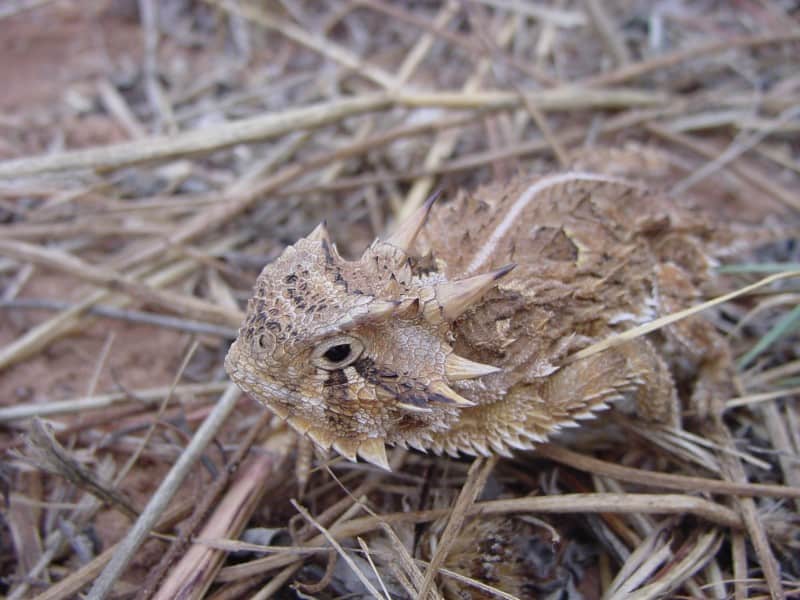
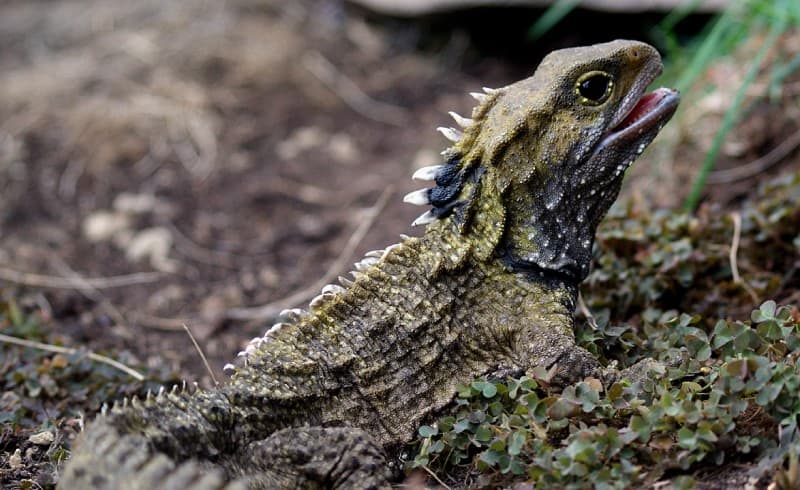
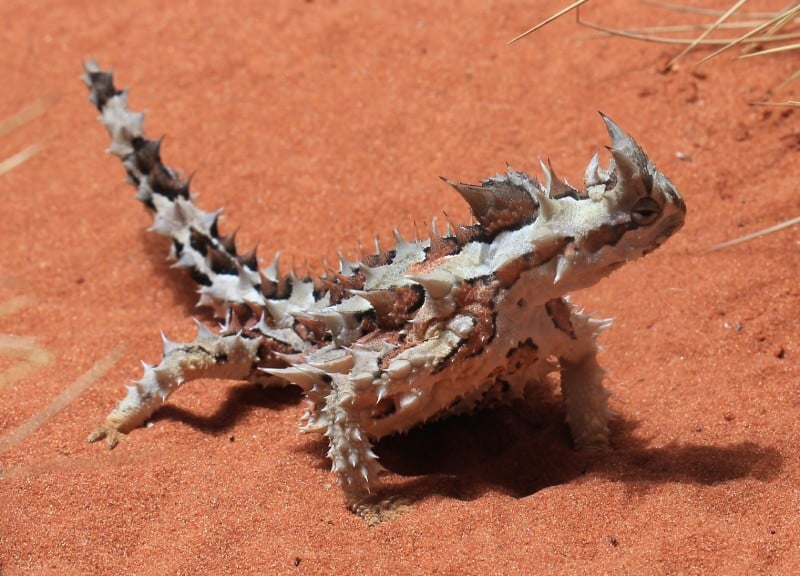
Thorny Dragon Physical Description
Firstly, the fascinating Thorny Dragon remains a somewhat small type of lizard. It also displays a moderate degree of sexual dimorphism. As a result, in its case, the females typically attain a slightly larger size than the males.
The somewhat larger females usually reach a total length of about 8.3 in (21.1 cm). However, the males only reach an average length of roughly 8 in (20.3 cm). Furthermore, females most commonly have a slightly bulkier body shape.
Much like many varieties of lizard, the Thorny Dragon displays a range of colors. In addition, these change with the seasons, to provide the animal with camouflage. Yet, these predominantly include shades of brown, tan, and red. These typically appear lighter in summer and darker in winter.
- Kingdom: Animalia
- Phylum: Chordata
- Class: Reptilia
- Order: Squamata
- Family: Agamidae
- Genus: Moloch
- Species: M. horridus
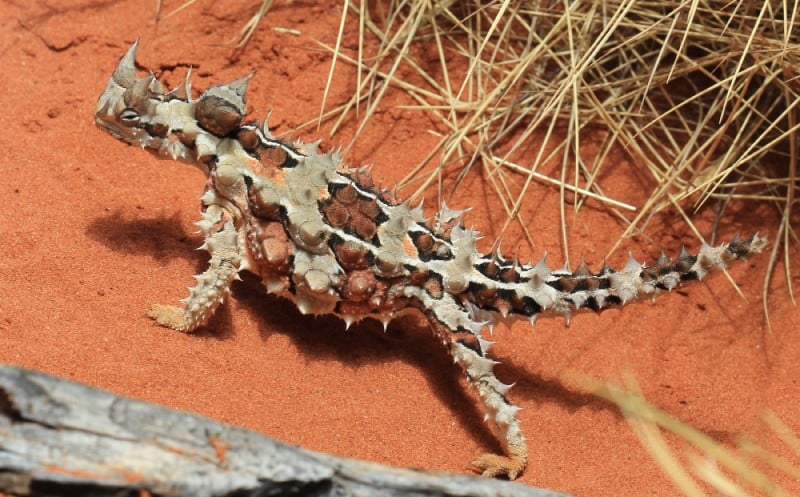
Thorny Dragon Distribution, Habitat, and Ecology
Most notably, the incredible Thorny Dragon evolved as endemic to specific portions of the continent of Australia. Those regions the reptile appears in include large portions of the central and western sections of the country.
Also, within that range, it appears to be rather adaptable to different habitats. As a result, it mostly inhabits either areas of plains, desert, scrubland. But, it also appears in the Roe Botanical District, in the central section. In the western section, it also inhabits areas of sandy loam.
It also feeds as a voracious predator. This reptile eats a variety of insects if the need arises but usually subsists entirely on ants. A single one of these lizards commonly consumes several thousand ants in a single day.
On the other hand, its own predators appear to be limited to wild birds and goannas. Its preferred method of self-defense consists of rolling into a ball. This presents the predator with only the hard, sharp spines on its body. The Thorny Dragon also possesses a typical lifespan of approximately 20 years.
Species Sharing Its Range
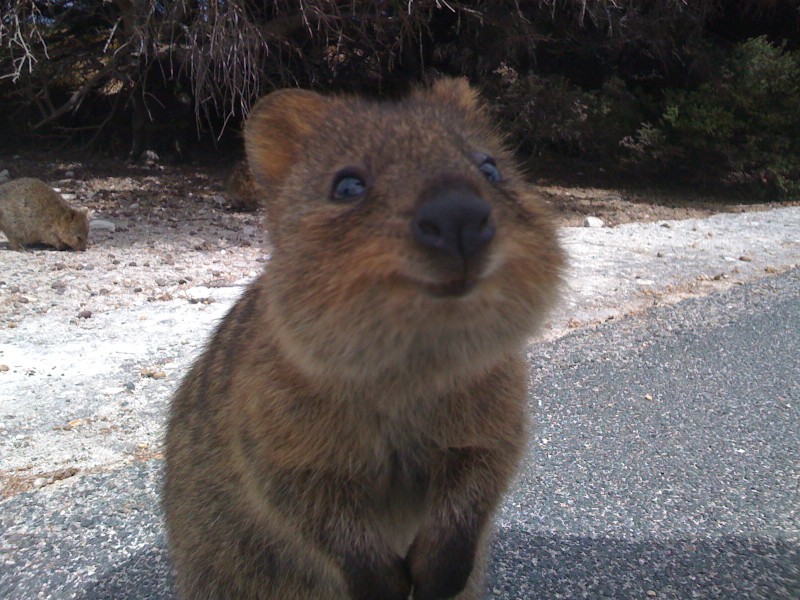
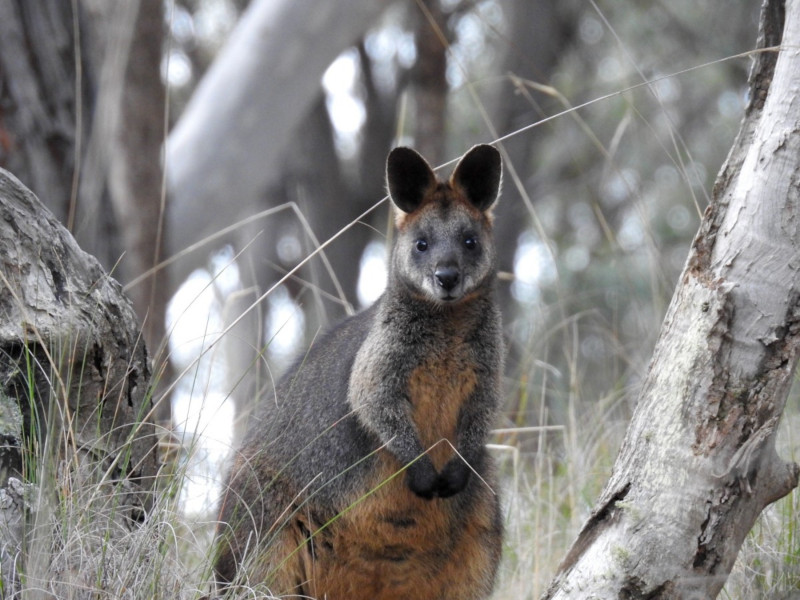
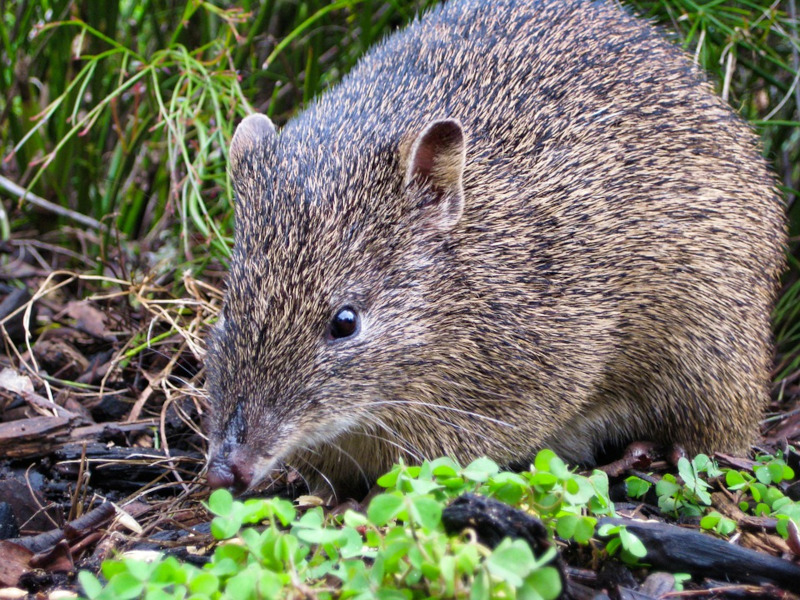
Check out our other articles on Breathtaking Primates of the World, Mexican Mole Lizard, Lake Nakuru, Korean Fir, Green Dragontail, Indian Bullfrog, Victoria Crowned Pigeon









what makes them unique?
Hello Dustin,
They are considered unique due to a combination of several factors, some of which are shared by other creatures. What maeks them unique is the combination. They can change their color, like many species. They also have an unusual way of moving. It will move forward, then stop and rock back and forth before moving forward again.
It has also evolved a “false head” made of soft flesh behind its real head. Predators may strike at it, leaving its true head uninjured. It’s these combined that make it unique.
Sincerely,
OBP
Where do they liveeeeeeeeee???????????
Hello Carrie,
Thank you for your question. Perhaps you missed that information in the latter part of the article. These reptiles typically appear in the central and western portions of Australia.
Sincerely,
OBP
I like this website.
Hello Grace,
Thank you very much. We appreciate that you find the site enjoyable. We do our best, for you, our readers.
OBP